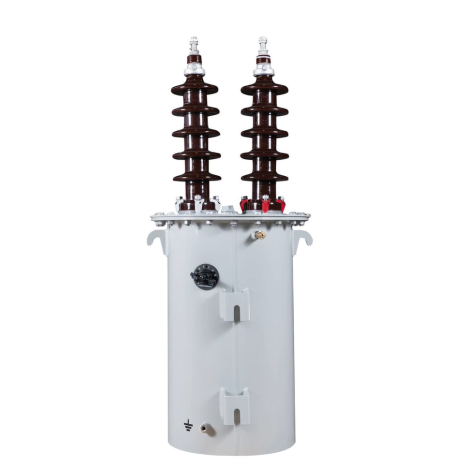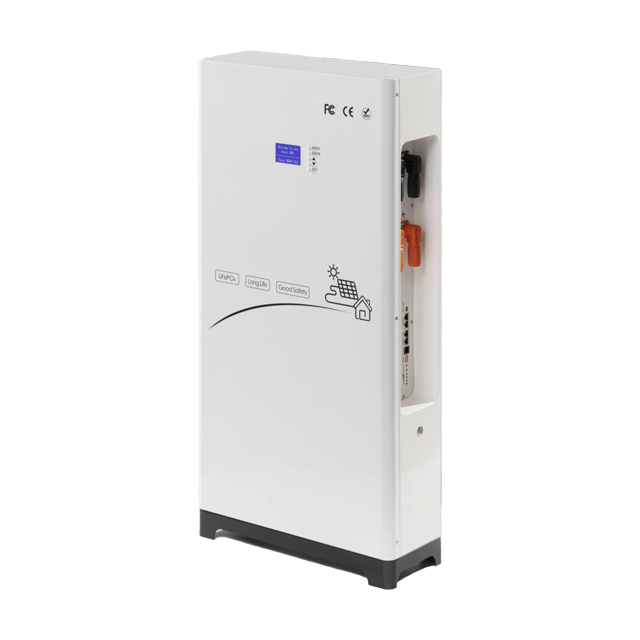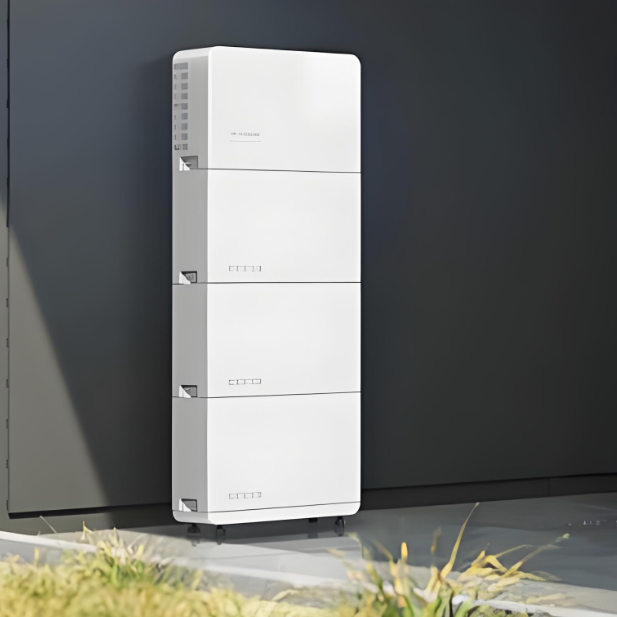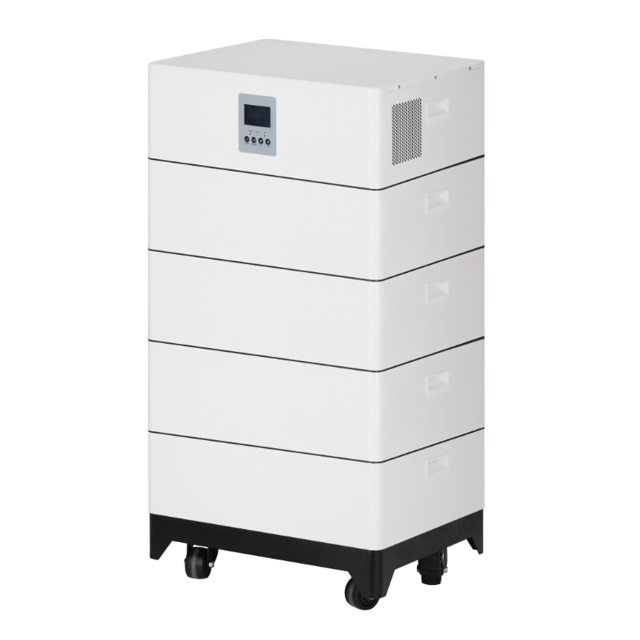Single-Phase Distribution Transformers: The Key to Flexible and Efficient Deployment of EV Charging Infrastructure

Single-Phase Distribution Transformers: The Key to Flexible and Efficient Deployment of EV Charging Infrastructure
Amid the rapid deployment of EV charging infrastructure, overcoming grid limitations and achieving cost-effective flexible layouts has become critical. Traditional three-phase power supply solutions often face challenges like lengthy installation cycles and extensive modifications, particularly struggling in imbalanced distributed scenarios. Single-phase distribution transformers are emerging as a vital complementary solution with unique advantages.
Application Pain Points: Value Anchors of Single-Phase Transformers
- Low-Voltage Grid Capacity Bottlenecks
- Residential/commercial transformers saturate quickly, supporting only 2–3 fast-charging piles before reaching limits.
- Capacity upgrades take 6–12 months, failing to match surging charging demand.
- Distributed Power Supply Challenges
- Roadside community spots or scattered mall parking exceed 500m from power sources.
- Three-phase cable laying costs ¥800–1,200/m, proving economically unviable.
- Legacy Urban Grid Constraints
- Historic districts have complex sub-50mm² wiring.
- Three-phase retrofits require road excavation (>3-month approvals).
- North America/Japan-South Korea Demands
- 120V/240V single-phase dominance ensures compatibility.
- 15–25kW DC fast chargers exceed 60% market share (2023 North American Charging Alliance data).
Solution: Modular Single-Phase Power Architecture
Core Specifications
|
Parameter |
Technical Target |
Scenario Value |
|
Capacity Range |
15–100 kVA |
Precision-matched to small clusters |
|
Voltage Adaptation |
10kV/11kV→120V/240V/230V |
Multi-country compatibility |
|
Overload Capability |
120% for 4 hours |
Ample peak-charging buffer |
|
Protection Rating |
IP55 |
Direct roadside/parking deployment |
|
No-Load Loss |
≤65W (50kVA model) |
Saves >¥300/year/unit |
Typical Application Scenarios
- Community Charging Micro-Networks
- 1 transformer covers 8–12 parking spots.
- Compact dimensions: 1200×800×1000mm (<1 standard parking space).
- Deployment: <72 hours (including cabling).
- Retail Complex Edge Expansion
- Rooftop parking edge deployment.
- Leverages existing lighting circuits (40% cable cost savings).
- Highway Rest Area Scaling
- Adds piles near existing three-phase stations.
- Preserves 30% capacity margin to avoid main transformer upgrades.
Efficiency Validation Model
|
Dimension |
Conventional Solution |
Single-Phase Solution |
Improvement |
|
Cost Per Pile |
¥185,000 (w/ upgrade) |
¥98,000 |
↓47% |
|
Project Timeline |
90–120 days |
7–15 days |
↓85% |
|
Energy Loss |
10.2%@50% load |
7.3%@50% load |
↓28% |
|
Space Occupation |
8m² (power room) |
1.2m² (ground box) |
↓85% |
|
ROI Period |
5.2 years |
2.8 years |
↓46% |
Key Technical Enhancements
- Dynamic Load Balancing
- Real-time phase-current monitoring.
- Auto-adjusts charging power allocation (<2.5% voltage fluctuation).
- Thermal Management
- ±1°C hotspot monitoring.
- Forced air cooling at 50°C; 130°C overload cutoff.
- Multi-Mode Connectivity
- RS485/IEC61850 standard.
- Optional 4G/5G/LoRa; third-party platform integration.
Case Study: Shenzhen Charging Retrofit
- Background: 500-household community with only one 400kVA public transformer.
- Solution: Deployed eight 50kVA single-phase transformers.
- Results:
- Charging spots increased from 6 to 46.
- Cost: ¥760,000 (vs. ¥2.1M budget).
- Voltage compliance rose from 83% to 99.2%.
Conclusion
Single-phase distribution transformers demonstrate strong adaptability in EV charging infrastructure. They complement—not replace—three-phase systems by offering economical efficiency in distributed, low-to-mid-power scenarios. Through modular design, intelligent algorithms, and flexible deployment, they significantly lower technical and financial barriers to charging network expansion.













